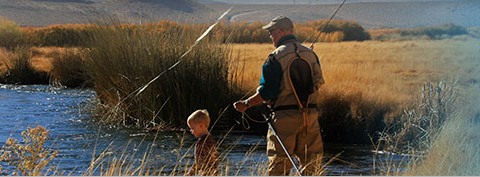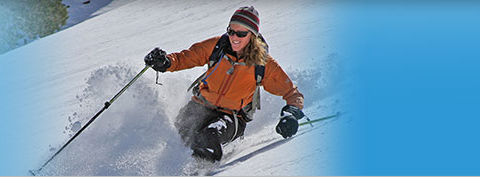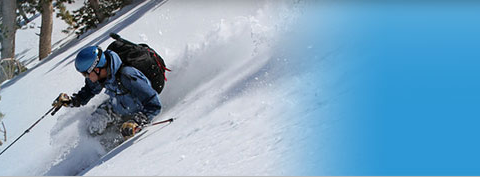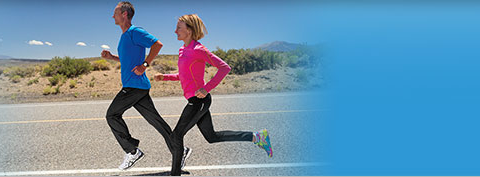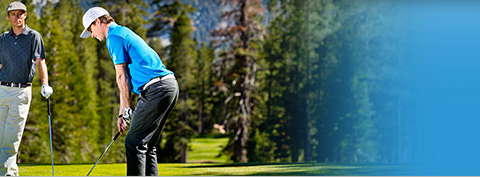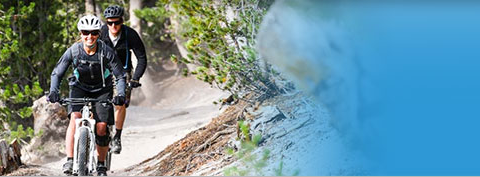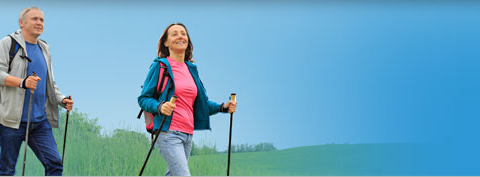Normal Anatomy of the Shoulder Joint
The shoulder is the most flexible joint in the body making it very susceptible to instability and injury. It is a 'ball-and-socket' joint. A ‘ball' at the top of the upper arm bone, humerus, fits neatly into a 'socket’, called the glenoid, which is part of the shoulder blade, scapula.
The shoulder joint is made up several bones and soft tissues. It has three bones, the collarbone (clavicle), scapula, and humerus.
The humerus provides attachments for the muscles of the upper arm. Its upper end makes up the ball in the shoulder joint. Its lower end makes up part of the hinge of the elbow joint.
The scapula is the bone that connects the humerus to the rest of the skeleton, via muscular attachments to the rib cage and via the collarbone. It is a flat bone and roughly triangular in shape and provides attachment to the muscles of back and neck. The coracoid process is an extension of the scapula across the front of the shoulder joint. The acromion process is an extension of the scapula around the back and top of the shoulder joint, forming a roof over the rotator cuff. The glenoid is the smooth shallow depression at the end of scapula that forms the socket of shoulder joint.
The clavicle is an S-shaped short bone that connects the shoulder girdle to the body (trunk). It connects to the scapula at one end (via the acromioclavicular, or AC, joint) and connects to the sternum at the other end (via the sternoclavicular, or SC, joint). It supports the shoulder in a functional position with the axial skeleton so that the arm has maximum range of movement. It also protects major underlying nerves and blood vessels as they pass from the neck to the axilla.
The soft tissues of shoulder joint include:
Rotator cuff – A group of 4 tendons make up the rotator cuff. They hold the head of the humerus and compresses it against the socket during activity..
Biceps tendon – The biceps tendon (long head) is a long cord-like structure which attaches the biceps muscle to the shoulder and helps to stabilize the joint.
Coraco-acromial Ligaments – These ligaments connect the clavicle with the corocoid process of the scapula. They become torn in higher grade shoulder separations (AC Joint separations/dislocations).
Acromio Clavicular Ligament – It connects the coracoid with the acromion process.
Glenoid labrum– The Glenoid labrum is a ring of fibrocartilage surrounding the glenoid cavity of the scapula for stabilization of the shoulder joint.
Capsule – Is a layer of tissue that surrounds the shoulder joint and connects the ball to the socket at the labrum. If it is too tight or scarred after an injury or surgery, this can cause shoulder stiffness, or frozen shoulder. At the other extreme, it can be torn in a traumatic injury, causing a shoulder dislocation.Articular cartilage—the smooth hard cartilage lining the ball and socket in the shoulder joint. This can become damaged from a focal traumatic injury, or sometimes diffusely degrade from the process of arthritis.



